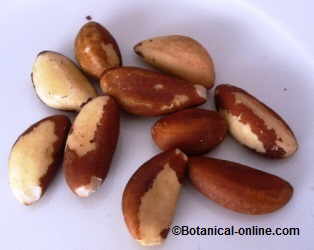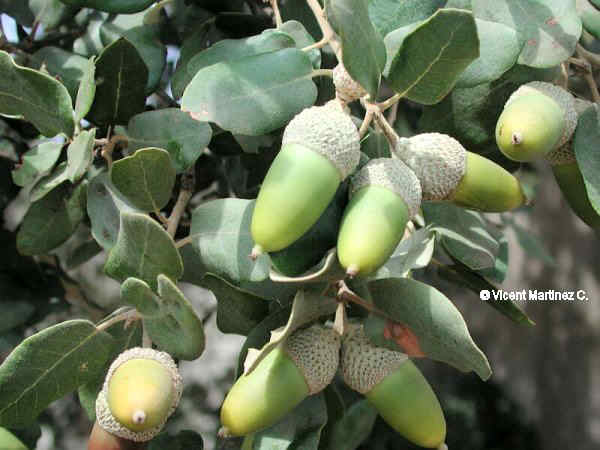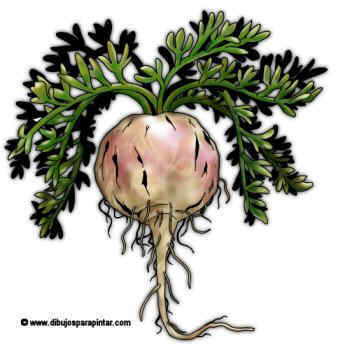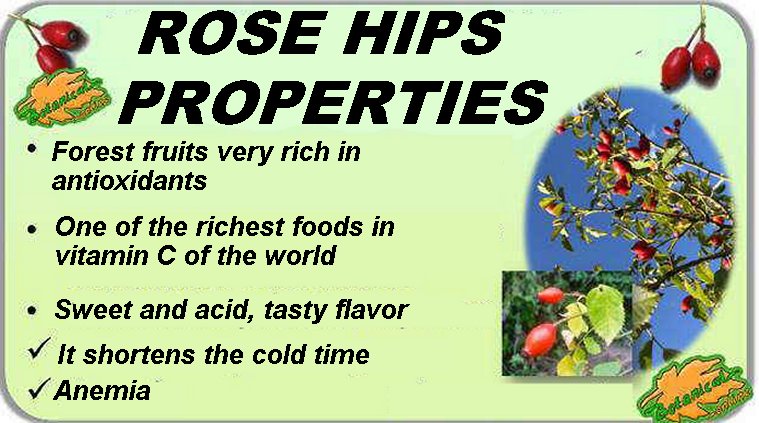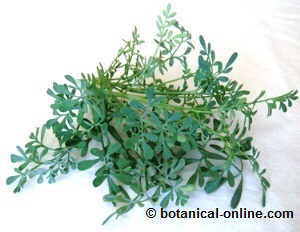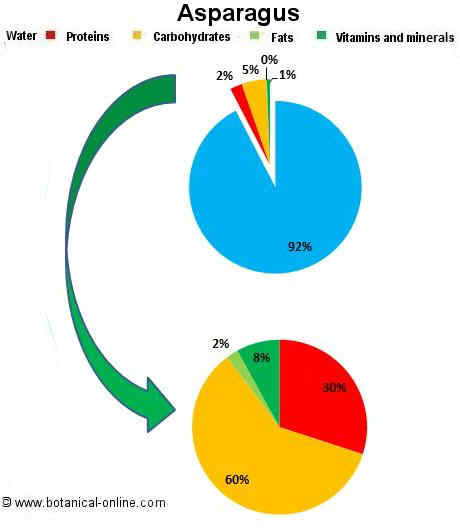Contents
PROPERTIES OF FATS
What is fat?
Fat is defined as a substance made up of carbon, hydrogen and oxygen, not soluble in water.
It consists of combinations of glycerin with fatty acids.
Fats are very tempting as they give more flavor to meals and, unlike proteins, it seems that they do not stimulate the brain’s satiety center so we can take them in excess.
Our body needs fats: a diet with less than 10% of fat can have negative consequences for the organism. However, fats should be taken in a determinate proportion. Men should take up to 90 g of fats daily and women, 70 g.
List of foods with lot of fat and with little fat
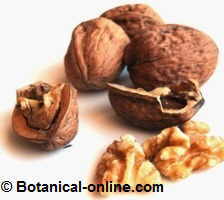
Walnuts and other nuts are high in fats
Foods with the highest content in fats -from highest to lowest- are:
- Oils
- Butters
- Nuts
- Chocolate
- Cookies
- Eggs
- Whole milk
- Meat. We must be cautious about eating these foods if overweight or if we are following a weight loss program.
Foods with less fat contents -from lowest to highest- would be:
When the consumption of fats exceeds the amount needed, we may suffer from an increase in weight, fat accumulation in adipose tissue, which can lead to obesity or the appearance of numerous diseases. A man with a “normal” weight has usually about 10% of fat in his body and a woman 20%. In obese people this ratio is altered and it is usually over 30%.
In addition, we must distinguish between fats that could be considered as “recommended” and others which are “less desirable”. The following article explains what is the function of fat in the body, how many kinds of fats there are and which are better than others.
What are fats good for? Functions of fats
The body needs fat to work properly. The main functions of fat are the following:
- Protecting the organs, by preventing any damage or injuries from a sudden movement. This fat is only used when it is badly needed and the body can not get it in other ways.
- To provide energy in the form of calories, along with carbohydrates and proteins. It should be noted that fat is the most caloric element of the three food groups. 1 gram of fat provides 9 calories, while 1 gram of carbohydrate or protein provides only 4. Naturally, the body can accumulate fat from proteins, carbohydrates or fats. It is easier to get them from fats because of its double content.
- To absorbs certain vitamins ( Vitamin A, Vitamin E, Vitamin K and vitamin D), the so called fatsoluble vitamins. Only by the presence of fat is the gut able to absorb vitamins. Fat deficiency result in a state of avitaminosis, even if the vitamins were supplied in the form of supplements. Situations of prolonged contributions of less than 10% of fat are initially manifested symptoms such as dry eyes.
- For the production of hormones.
- For the production of cell membranes.
- For the production of enzymes and neurotransmitters.
Types of fats
There are the following types of fats:
- Saturated fats: They are those in which each carbon atom is bonded to a hydrogen atom. They are considered as “bad fats” because they are responsible for the appearance of cholesterol and many circulation problems.
Most of these fats are obtained from foods of animal origin (meat, dairy products like non-skimmed cheese or yoghurt). One way to know if it is a saturated fat is that they are solid if not heated.
Most plants lack this type of fat, although we have some exceptions such as palm oil or coconut oil.
The following table shows the percentage of saturated fat and cholesterol in certain foods:
| Food | Total Fat | Saturated Fat | Cholesterol |
| Sausage(85g) | 24 g | 9g | 43 mg |
| Salmon(85g) | 7 g | 1 g | 60 mg |
| Skinless chicken(85g) | 3 g | 0,9 g | 72mg |
| Lean meat(85g) | 16 g | 6,2 g | 75 mg |
| Wholemilk (250ml) | 8 g | 5 g | 33 mg |
| Skimmedmilk (250ml) | 0,5 g | 0,3 g | 4 mg |
| Butter(1 tablespoon) | 11,5 g | 7 g | 30 mg |
| Margarine(1 tablespoon) | 11,5 g | 2 g | 0 mg |
| Eggs(1) | 5 g | 1,5 g | 213 mg |
- Unsaturated fats: They are those who haven’t got hydrogen atoms. They are liquid at room temperature. These fats are known as “good fats” by the role they playe in controlling cholesterol and heart disease. These fats are divided in:
- Monounsaturated fats: These ones lack a hydrogen atom, so they have a carbon atom as additional replacement. Olive oil and peanut oil would be two examples of this type of fat. These fats become thicker when cooled.
 Olive oil is high in monounsaturated fats
Olive oil is high in monounsaturated fats - Polyunsaturated fats: These ones lack two hydrogen atoms, so they have two additional carbon atoms. Examples of polyunsaturated fats are fish oil, sunflower seed oil, soybean oil, hazelnut oil, etc. They remain liquid when cooled.
- Monounsaturated fats: These ones lack a hydrogen atom, so they have a carbon atom as additional replacement. Olive oil and peanut oil would be two examples of this type of fat. These fats become thicker when cooled.
- Trans-fatty fats: These are unsaturated fats that, through a process called hydrogenation, get a less smooth texture. They are modified to create products that offer better conservation and also have a better aspect in the eyes of the consumer.
However, this process converts unsaturated fats in trans fatty acids, which behave like saturated fats, raise cholesterol levels and cause circulation problems. Among the main foods that contain these oils we cold mention margarine and other hard fats, cakes, cookies or chips.
![]() More information on fats.
More information on fats.
* Related information: Low fat menus, Effects on health of fats we consume

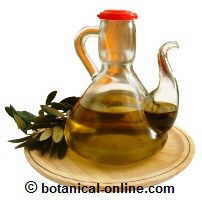 Olive oil is high in monounsaturated fats
Olive oil is high in monounsaturated fats